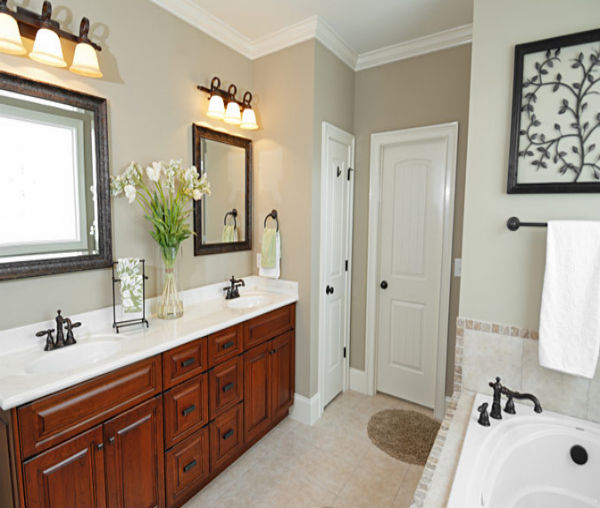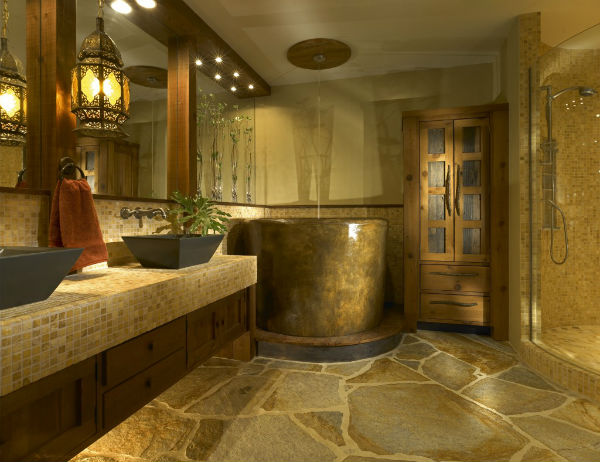
Work Closely with your Designer to Integrate Your Needs & Desires into the Design
The careful planning and design of your bath is crucial to a great result. Work with your designer to define what your needs and desires are. And keep an open mind when you discuss product and design ideas. Would a double sink streamline morning activities? Do you really need a separate tub and shower, or will a combined shower/tub – or even just a shower – serve your purposes? How much storage area do you require in the bath? Does the toilet need its own room or can it be part of the open bathroom? These are just a few of the considerations to discuss. Your designer can help you to identify and prioritize your requirements, then translate them into an appropriate design.
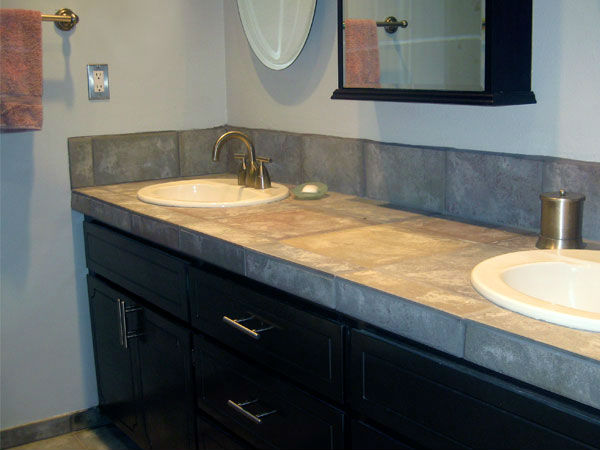
Make Selections with your Budget in Mind
The number one way to decrease the cost of your remodeling project is through your product choices. Don’t believe that expensive necessarily means better. Make decisions based on value and quality, not just price. Many beautiful, less costly light fixtures, faucets and plumbing fixtures can be used in lieu of the most expensive. Look around to determine whether you can achieve a similar look with a less expensive product. Or, if you find an item that you love but it is out of your price range, identify the features that appeal to you. Your designer may help you find an alternate choice with similar features at a more affordable price. Compare products, their quality and their prices carefully before you make final decisions. Your remodeling contractor can help you to evaluate your alternatives and to make the best choice.
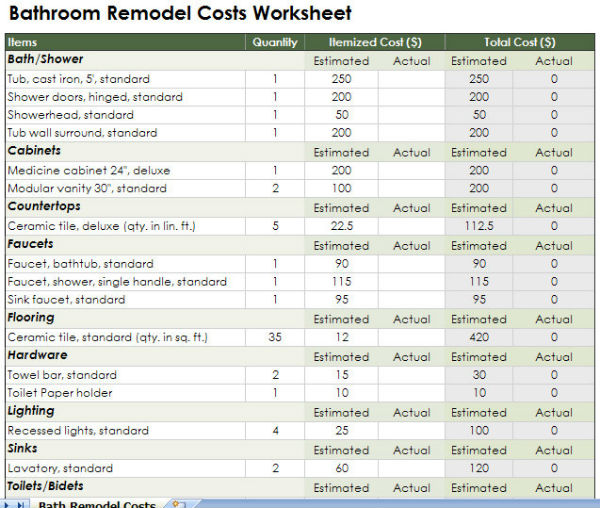
Select Compatible Fixtures and Materials
Carefully select fixtures and materials in keeping with your taste and with the essential character of the house. For example, if you live in a 1920s bungalow, stick with a tile that reflects that period, or use tongue-and-groove bead board that picks up other features of the home. Make sure that your designer is sympathetic to your taste and to your home.
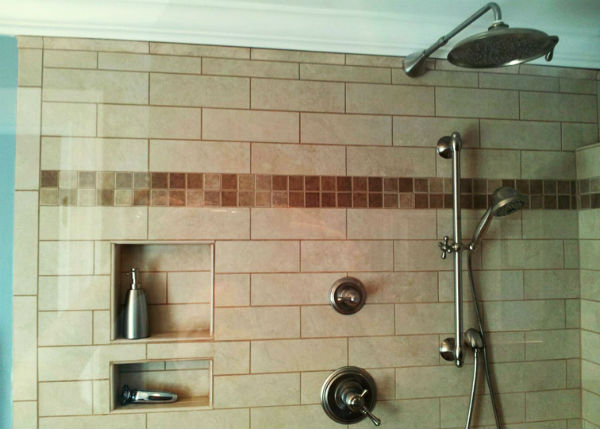
Choose Fixture Colors Carefully
Choose neutral colors (white, almond) in tubs, sinks and toilets. They are less expensive initially than other choices and won?t look dated when the color trends change. Remember, changing out a toilet down the road when a color is out-dated is not that costly, but changing out a tub entails substantial labor costs.
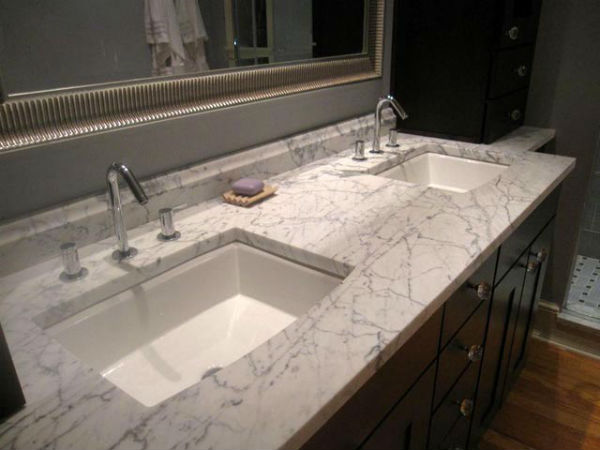
Create the Illusion of More Space with Color & Mirrors
To make a small bathroom look larger, keep your color palette in the white-to-cream or very light neutral color spectrum. Also, think of mirrors as design elements, which expand the room visually and add light to the room.
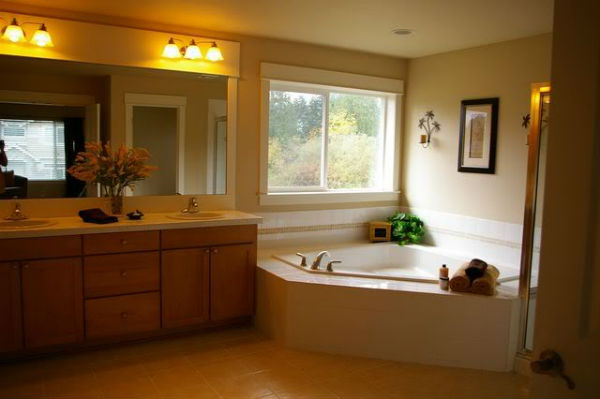
Use Lighting for Function & Effect
In older bathrooms, lighting is often dim and concentrated only in one spot?usually, from a ceiling fixture. For an updated look, consider adding lighting around the bathroom mirror in the form of sconces. Strategically placed recessed lighting can also be functionally effective as well as dramatic. Finally, a very simple device that can add mood to your bathroom is a dimmer switch.
